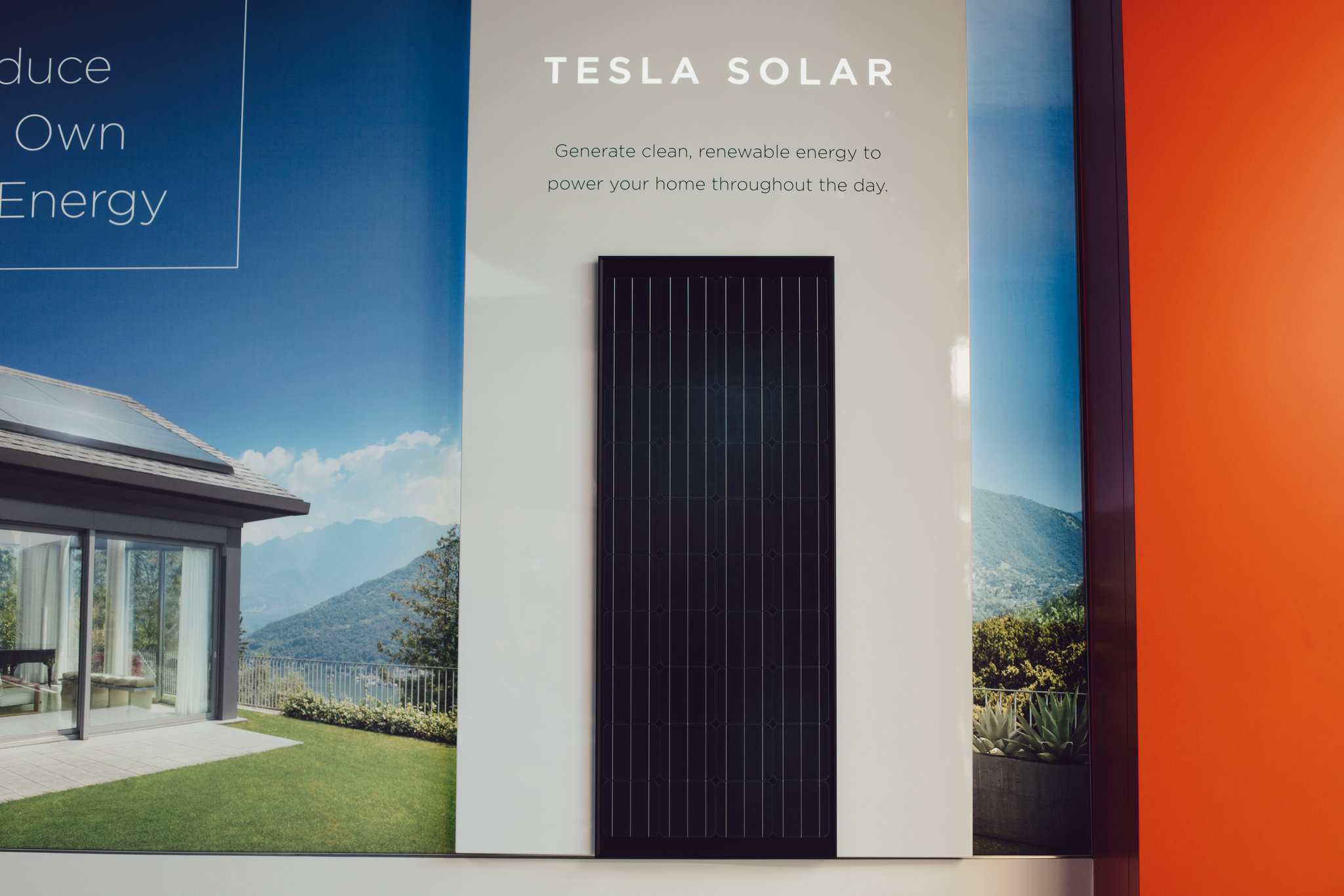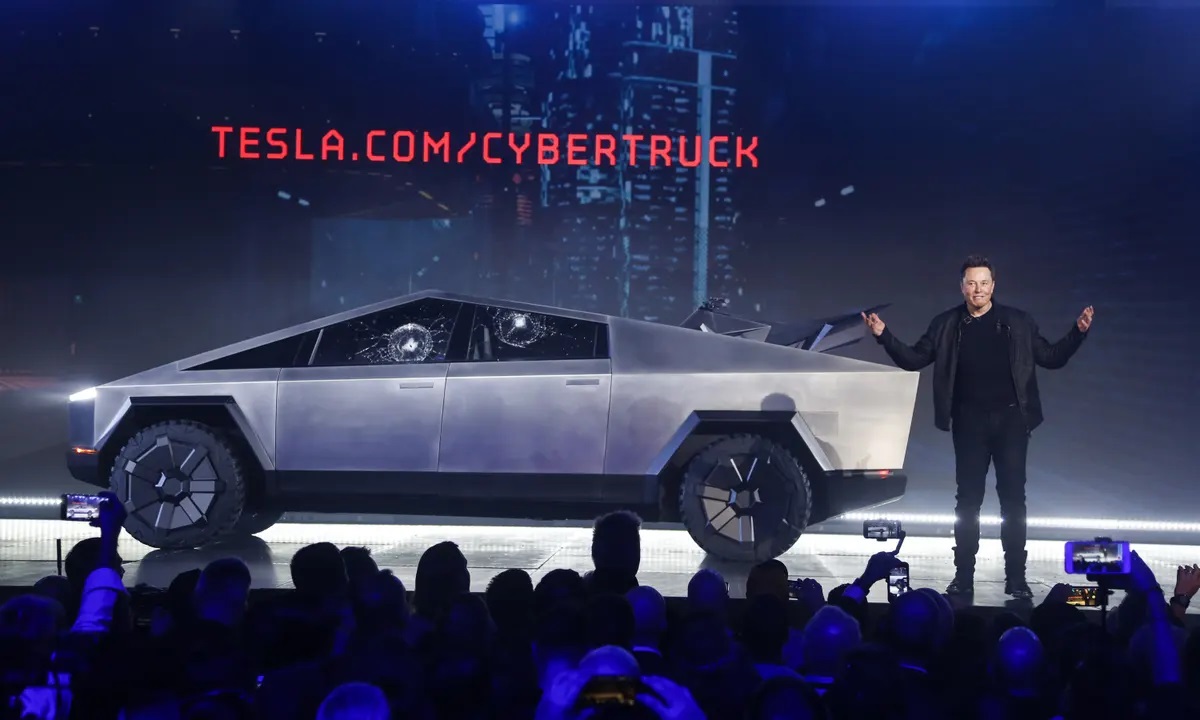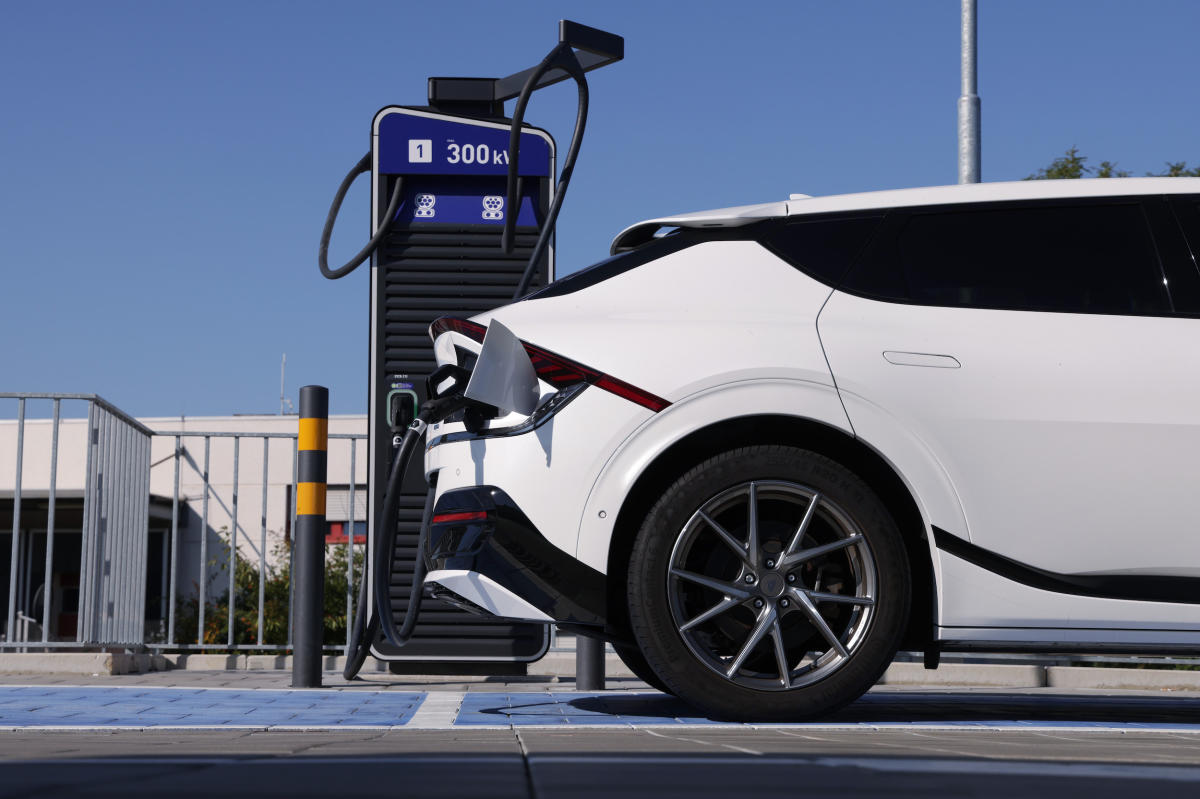Tesla’s solar business has experienced a significant decline, as indicated by the latest data from its fourth-quarter 2023 earnings report. The company reported a 36% decrease in solar deployments, amounting to 223 megawatts (MW) in 2023, down from 348 MW in 2022. This decline occurred despite the United States achieving a record year in solar capacity expansion, adding 33 gigawatts of solar capacity in 2023, according to estimates from SEIA, a solar industry group.
Key Takeaway
Tesla’s solar deployments experienced a significant decline in 2023, while its energy generation and storage business, particularly in home and commercial batteries, saw substantial growth. The company’s strategic shift and market dynamics have influenced these contrasting trends, reflecting the evolving landscape of renewable energy technologies.
A Challenging Year for Tesla Solar
2023 marked a challenging year for Tesla’s solar business, representing its worst performance since 2020. The final quarter of 2023 was particularly concerning, with a 59% year-over-year drop in solar deployments to 41 MW, down from 100 MW in Q4 2022. While Tesla attributed part of the decline to high interest rates, the company’s shift in strategy from installer to supplier may have also contributed to this downturn. Last year, Tesla laid off some of its solar installers and canceled numerous scheduled “solar roof” installations, signaling a notable shift from its previous approach following the acquisition of SolarCity over seven years ago.
Booming Energy Generation and Storage Business
Despite the decline in solar installations, Tesla’s energy generation and storage business experienced significant growth. The company reported that its energy storage deployments, including Powerwall home batteries and utility-scale Megapacks, surged to 14,724 megawatt hours (MWh) in 2023, marking a remarkable 125% increase from the previous year.
Expectations and Volatility
Tesla anticipates potential volatility in energy deployments on a quarterly basis, as reflected in its Q4 results. The company deployed 3,202 MWh in Q4 2023, showing a decrease from the preceding three quarters but an increase compared to the same quarter in 2022. While the scale of Tesla’s residential solar business has diminished, the continued growth in commercial and home batteries underscores their pivotal role in the transition to renewable energy sources, facilitating the storage of intermittently available clean energy for future use. Additionally, these batteries can aid communities, islands, and states in preparing for extreme weather events by reducing peak demand on the grid and providing backup energy during outages.

























